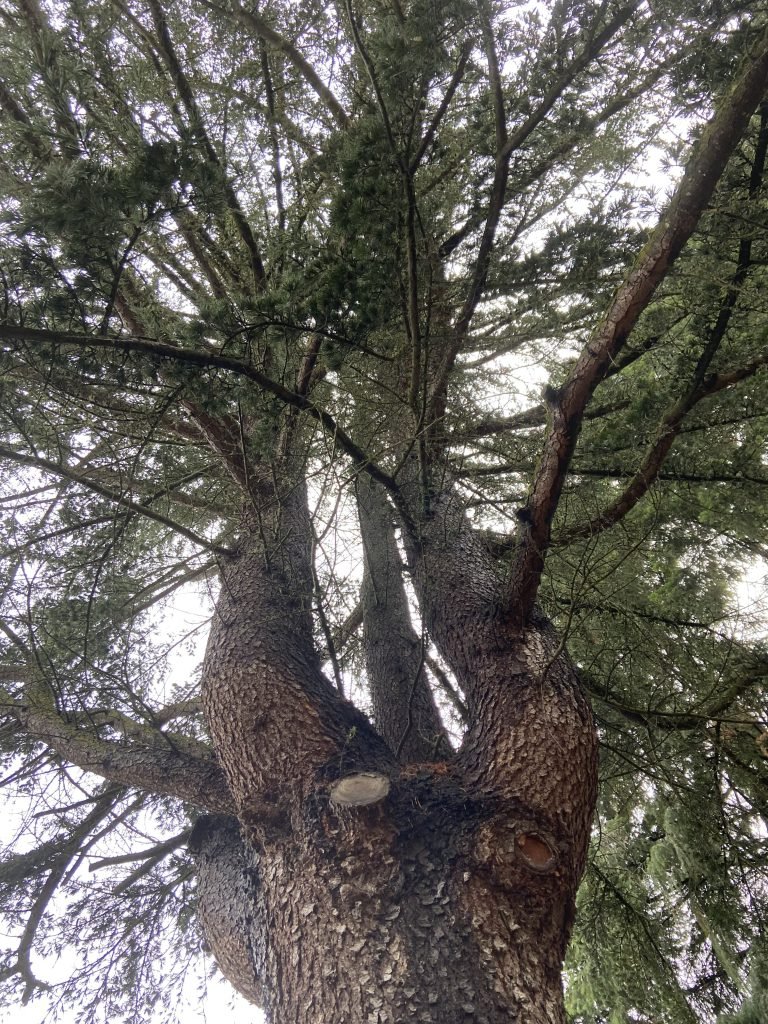Nine Essential Tips for Emergency Storm-Damaged Tree Cleanup
When a storm hits, it can leave a path of destruction in its wake, particularly affecting the trees on your property. Handling storm-damaged trees requires careful planning and execution to ensure safety and efficient cleanup. In this guide, we’ll cover nine essential tips to help you effectively manage the aftermath of a storm, emphasizing the importance of prompt action and proper techniques to minimize further damage.

Assess the Situation: Begin your storm cleanup by assessing the extent of the damage. Walk around your property to identify fallen branches, uprooted trees, or limbs that are at risk of falling. Prioritize clearing paths and removing immediate hazards to ensure safety for yourself and others.
Safety First: Always prioritize safety in emergency storm cleanup. Before starting any cleanup efforts, assess the area for potential hazards like downed power lines, unstable branches, or leaning trees. Secure the surroundings and ensure that everyone involved is equipped with appropriate safety gear, such as gloves, goggles, and sturdy footwear. Never underestimate the dangers posed by storm-damaged trees. Proceed with cleanup only when it’s safe.
Secure the Area: Before you begin cleanup operations, it’s crucial to secure the area. Remove immediate hazards such as downed power lines or unstable structures. Mark off the affected zone to prevent unauthorized access and ensure the safety of cleanup crews and bystanders. Use caution tape or barriers to outline the perimeter, creating a controlled environment for the cleanup.
Prune with Care: Proper pruning is essential for helping storm-damaged trees recover. Remove broken or hanging branches with clean, sharp tools, making clean cuts. Always avoid pruning near power lines, and cut at the branch collar to promote healing.
Remove Debris Safely: Dispose of fallen branches and debris responsibly to avoid tripping hazards and further damage. Consider renting a chipper or hiring a professional tree removal service for large debris. If permitted, follow local regulations for burning debris.
Salvage What You Can: After a storm, assess which trees and branches are salvageable with proper care and treatment. Trim broken or damaged branches, and if feasible, support partially uprooted trees. Salvaging what you can helps preserve the natural beauty of your landscape and contributes to the health and longevity of your trees.
Prevent Pest Infestations: Storm-damaged trees are more vulnerable to pests and diseases. Apply insect repellents or fungicides to protect and promote healing in vulnerable trees. Monitor for signs of infestation, such as unusual holes or discolored foliage, and address any issues promptly.
Support Tree Recovery: Aid the recovery of damaged trees by providing adequate water, nutrients, and support. Mulch around the base of trees to retain moisture and suppress weeds, but avoid piling mulch against the trunk to prevent rot. Consider using support braces for weakened trees to prevent further damage.
Plan for Future Storms: After cleanup, evaluate your landscape for vulnerabilities and prepare for future storms. Implement regular tree maintenance, prune to reduce wind resistance, or install support structures for weak trees. Stay informed about weather forecasts and take preemptive action when necessary. Proactive planning can significantly reduce the impact of severe weather on your property.
Conclusion
Navigating the cleanup of storm-damaged trees requires careful planning, safety precautions, and the right techniques. By following these nine essential tips, you can manage the process with confidence and protect your property from future severe weather impacts.
FAQ
Why is safety important during emergency storm cleanup?
Safety is crucial to prevent accidents and injuries. Falling branches and unstable trees pose significant hazards, and prioritizing safety ensures a controlled.
How can homeowners assess tree damage after a storm?
Homeowners should inspect their property for signs of damage such as broken branches, split trunks, or uprooted trees. A thorough examination helps determine the severity of the damage and the necessary steps for restoration.
